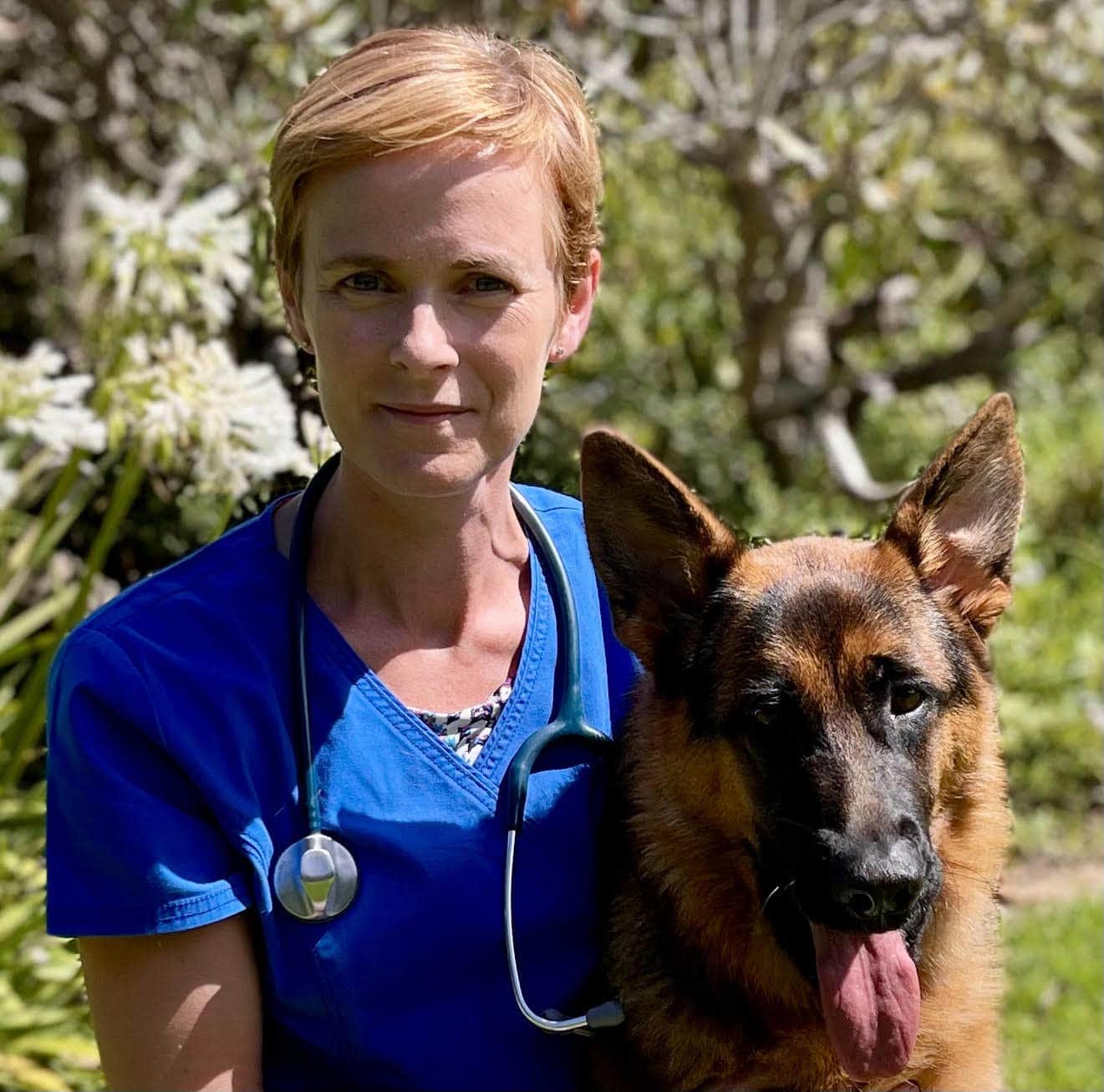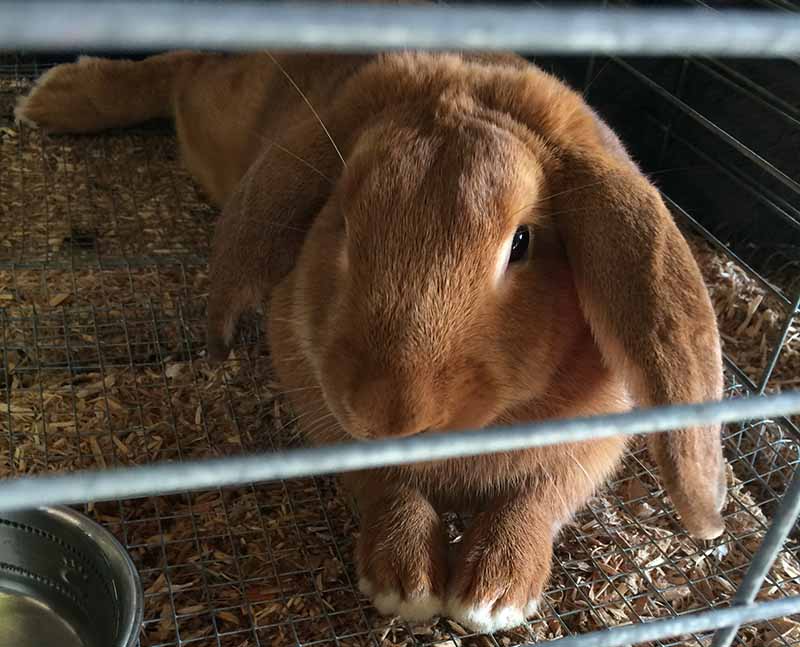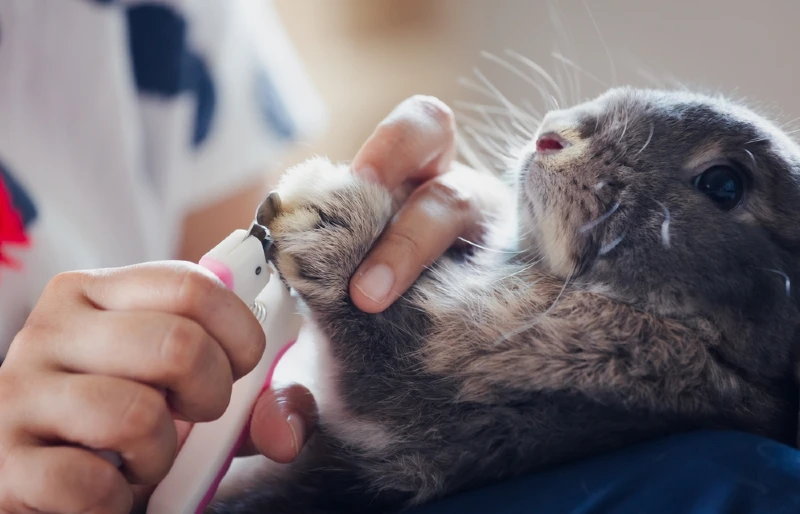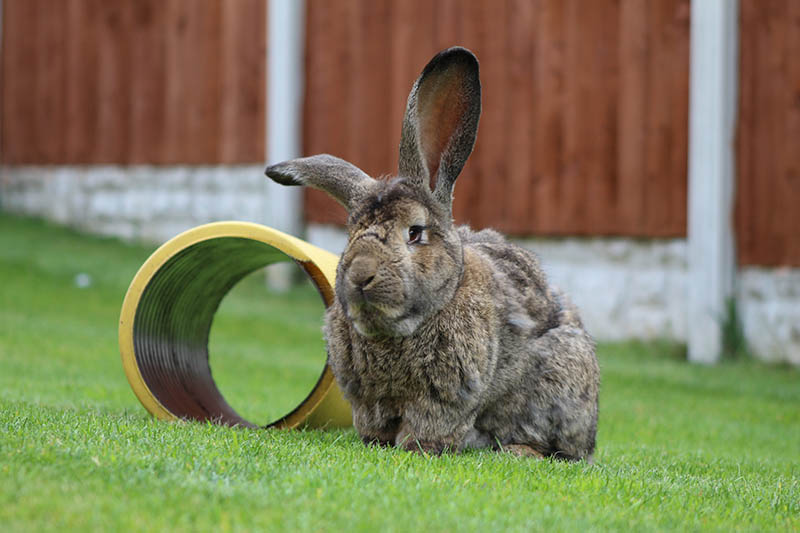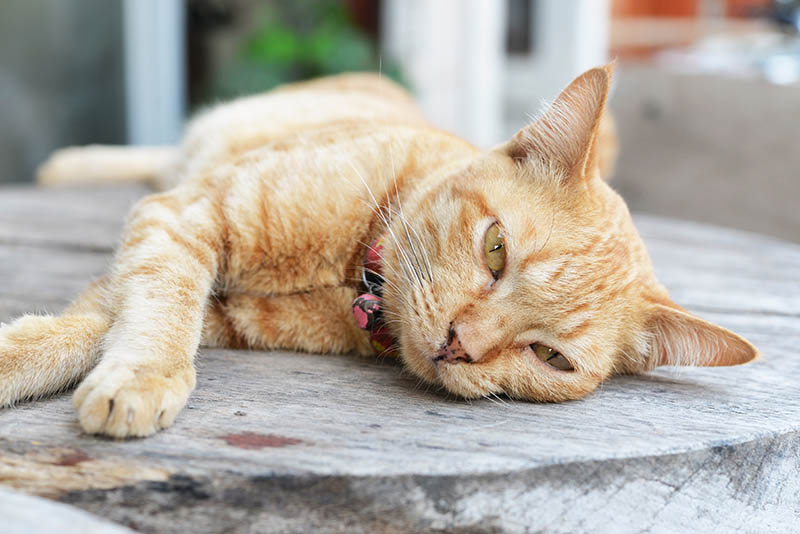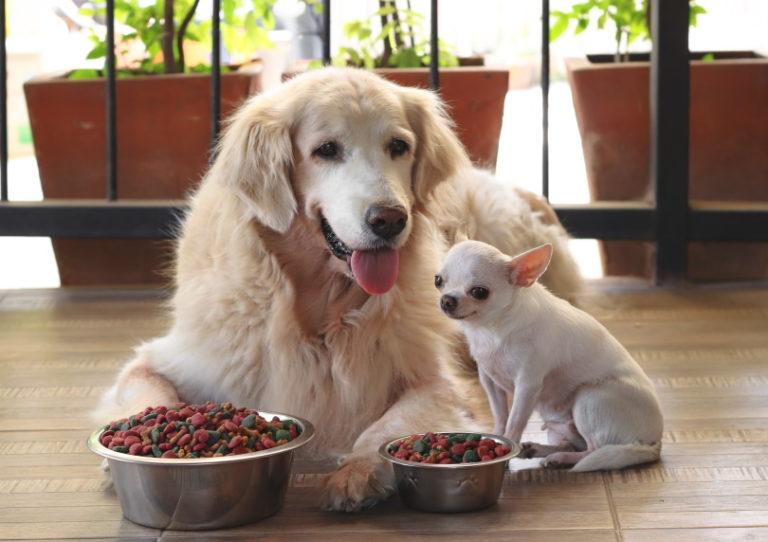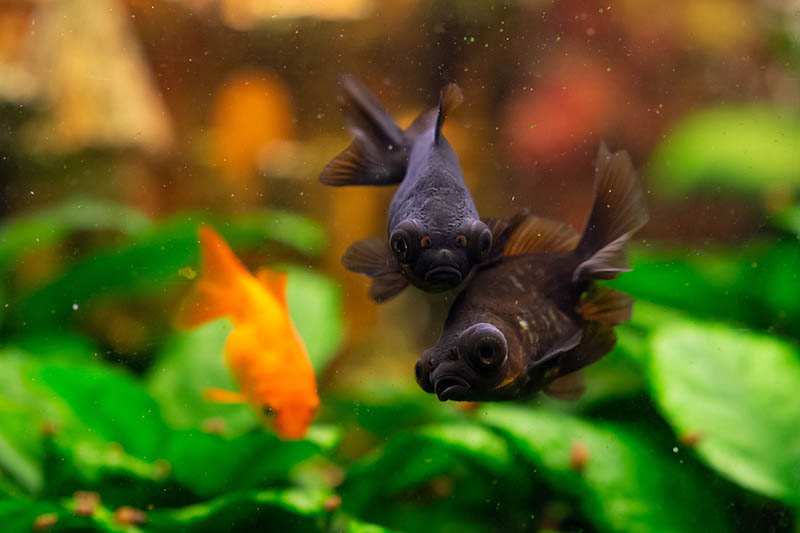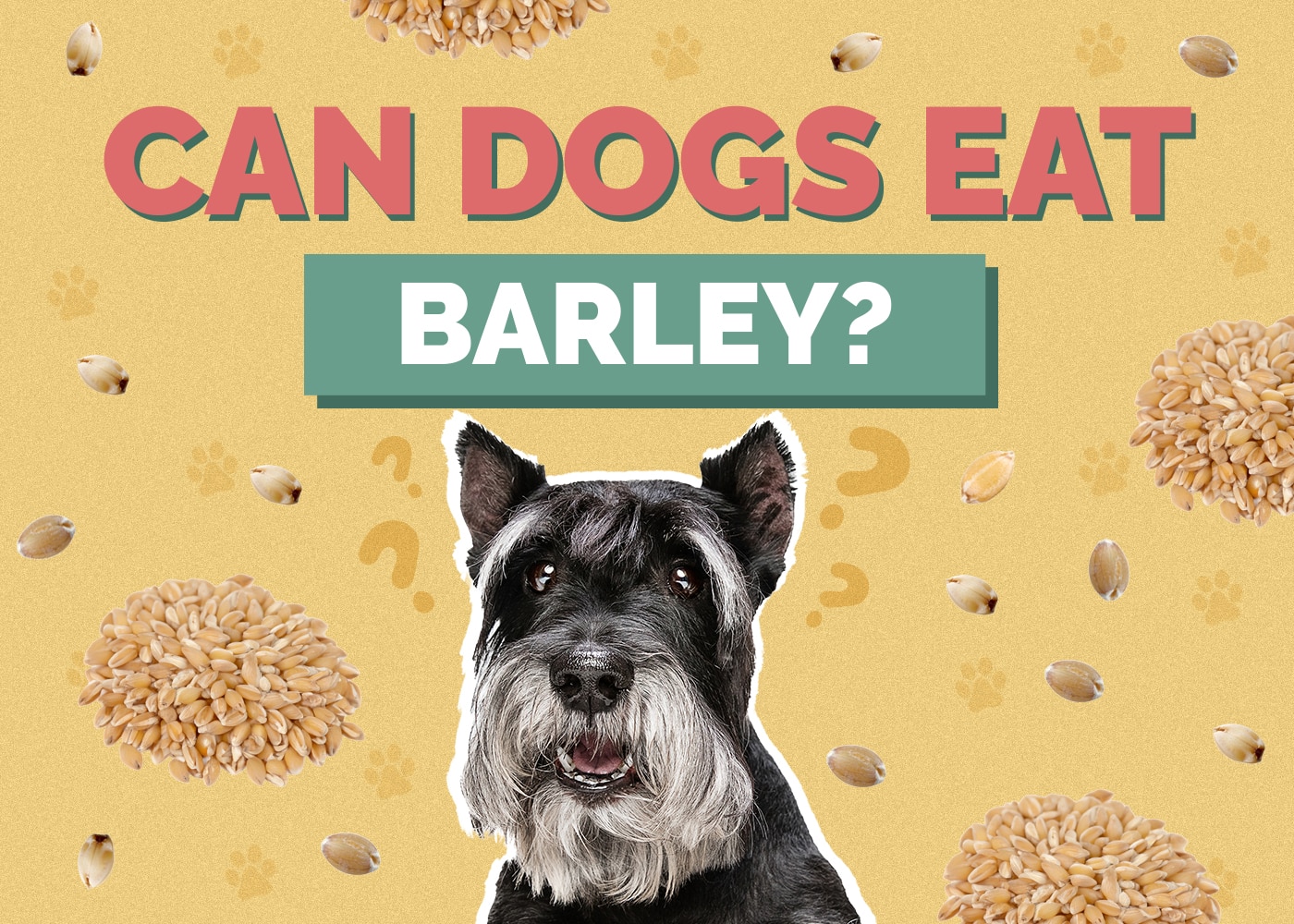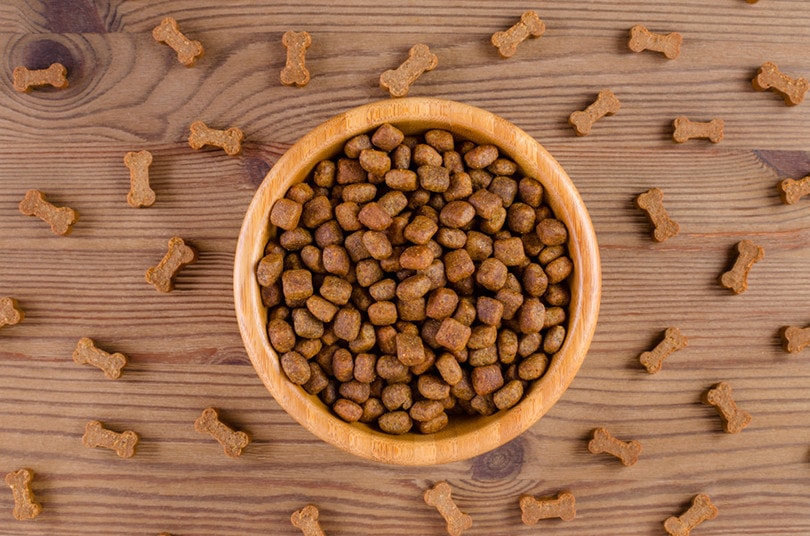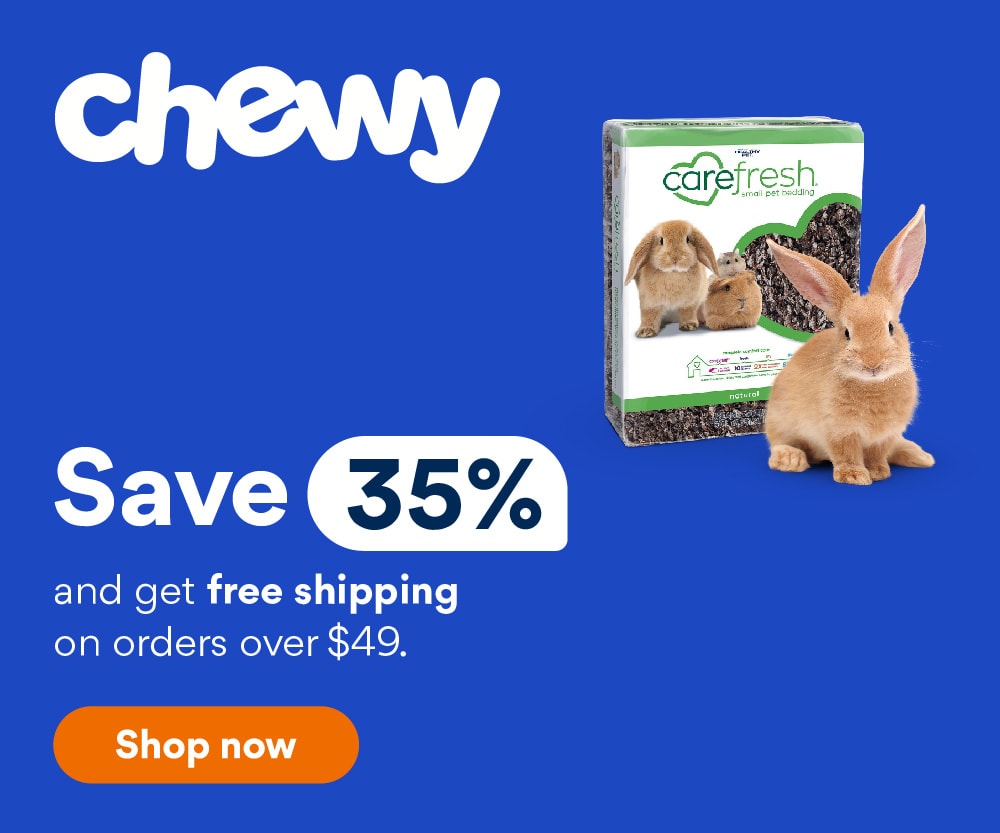14 Interesting Vet-Reviewed Facts About Rabbit Teeth
Updated on
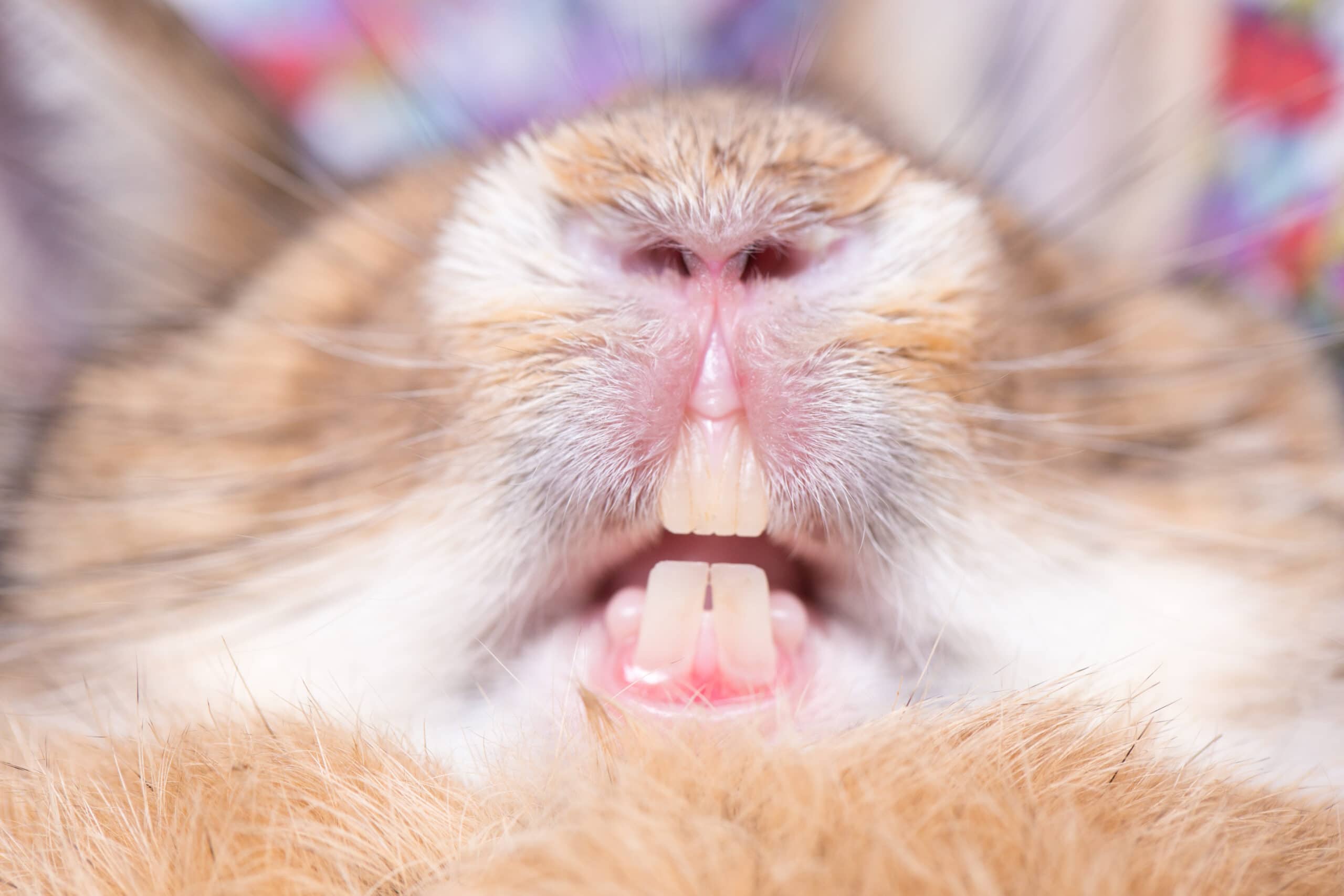
There’s no question that rabbits are adorable! They’re well-known for those two prominent front teeth, but what else is there to know about rabbit teeth?
Whether you are a proud bunny parent or just someone who enjoys learning new things, here are 14 interesting facts all about rabbit teeth.
The 14 Amazing Facts About Rabbit Teeth
1. Rabbit Teeth Don’t Stop Growing
Rabbit teeth are known as elodont teeth, which means they continue to grow throughout their lifetime. In fact, they can grow about 3 to 5 inches every year!
Plenty of rodents like hamsters, guinea pigs, squirrels, and beavers also have continuously growing teeth.
2. Rabbits Don’t Need Their Teeth Brushed
Unlike some other pets that need their teeth brushed, like cats and dogs, you don’t have to worry about the same kind of oral hygiene for domestic rabbits. With their constantly growing teeth, rabbits must have a diet high in fiber. They are not prone to plaque and tartar like other species, but can still have significant dental problems.

3. High Fiber Diets Help Control Tooth Growth
Rabbits should eat things high in fiber, such as hay and grass, which do an excellent job of keeping their teeth worn down and at an appropriate length.
Rabbit’s teeth are aradicular, meaning they have open roots, and hypsodont, in which the crown (visible part of the tooth) is longer than the root (the part of the tooth that’s inside the gums). A diet of a majority of hay and grass will keep these teeth healthy and strong.
4. Rabbits Have 28 Teeth
This is only four fewer teeth than humans! Rabbits have premolars, molars (known as cheek teeth), and incisors. They have six incisors, which include the front “buck” teeth that we are familiar with.
Technically, we only have four more teeth than rabbits because humans are omnivores, and we have four canine teeth. Rabbits are herbivores and don’t need canines.
5. Rabbits Get Baby Teeth and Permanent Teeth
Just like humans, rabbits start with a set of 16 baby teeth, which they lose when they are just a few months old, and then grow their permanent teeth. Rabbits are diphyodont, which essentially means they have two sets of successive teeth.

6. The Rabbit’s Incisors Are Used for Cutting Food
Rabbits have six incisors, which are the teeth found at the front of the mouth. They use these sharp teeth to cut through that tough, fibrous food like twigs and leaves. They have two large incisors at the top with two smaller incisors or peg teeth behind. There are only two incisors in the bottom jaw.
This enables them to eat a wide variety of food like grass and hay quite easily. Once they’ve got the food inside their mouth, their cheek teeth take over.
7. The Rabbit’s Cheek Teeth Grind the Food
The 22 premolars and molars, collectively known as cheek teeth, do the job of grinding the food. Part of the reason the premolars and molars are called cheek teeth is that they are identical, and it’s challenging to identify which tooth is which.
Rabbits grind their food using semi-circle movements, and they can only chew on one side of their mouth at one time.
8. Rabbits Are Known to Occasionally Break Their Teeth
Just like humans are known to break a tooth from time to time, rabbits do too. They typically break their incisors, usually from taking a bite of something too hard and crunchy. But unlike with us, their teeth grow back. You should take your rabbit to the vet if they break a tooth as they may need help keeping the opposing teeth worn down while the other one re-grows.

9. Rabbit Teeth Grow in Curved
The longer a rabbit’s tooth is, the more curved it grows. The incisors curve inward, the upper cheek teeth curve outward, and the lower cheek teeth also curve inward.
When a rabbit doesn’t have a proper diet, their teeth can become overgrown and develop painful sharp spurs on their teeth and/or malocclusion, which can cause a range of significant problems for the rabbit.
10. The Upper Incisor Teeth Have Enamel on One Side Only
The upper incisors of a rabbit’s teeth only have enamel on the front surface. This makes the outer part of the incisors very hard, but the back, inner side of the teeth is softer.
This means the edges of the rabbit’s teeth wear away at different rates, which also makes them sharper. This enables them to chop through roughage more easily.
11. Rabbits Use Up to 120 Movements of Their Jaws Per Minute
Rabbits need to chew extensively because they eat fibrous food that requires a great deal of chewing. Their cheek teeth are shaped just the right way, and their jaws use multiple movements to effectively break down the food. They can move side to side and up and down.
Not only is the chewing effective, but it’s also super fast, with 120 jaw movements in 1 minute!
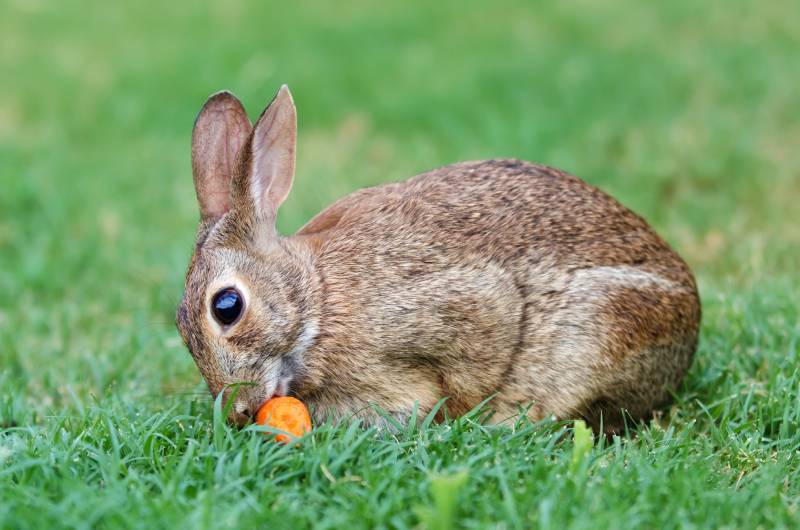
12. Rabbits Have a Gap Between Their Incisors and Cheek Teeth
Rabbits have a large gap between their incisors and cheek teeth because they don’t have canine teeth. This kind of gap is known as a diastema.
13. Rabbit’s Teeth Don’t Have Long Nerves
We humans have more nerves in our teeth, which anybody with teeth sensitivity can attest to. In rabbits the nerves stop at the gum line, which makes sense when you consider that they are constantly wearing away their teeth through almost constant eating.
14. Rabbits Use Their Teeth to Express How They Are Feeling
Rabbits are quiet animals, but they are known to use their teeth to make noises when they are in certain moods. Sometimes when rabbits are happy and content, they might make an almost purring sound by clicking their teeth together. But if a rabbit makes a chattering or teeth-grinding sound, they might be in pain or sick.
Familiarizing yourself with your rabbit’s body language and any sounds that they make is worth it. This way, if something is wrong with your rabbit, you can take them to the vet without delay.
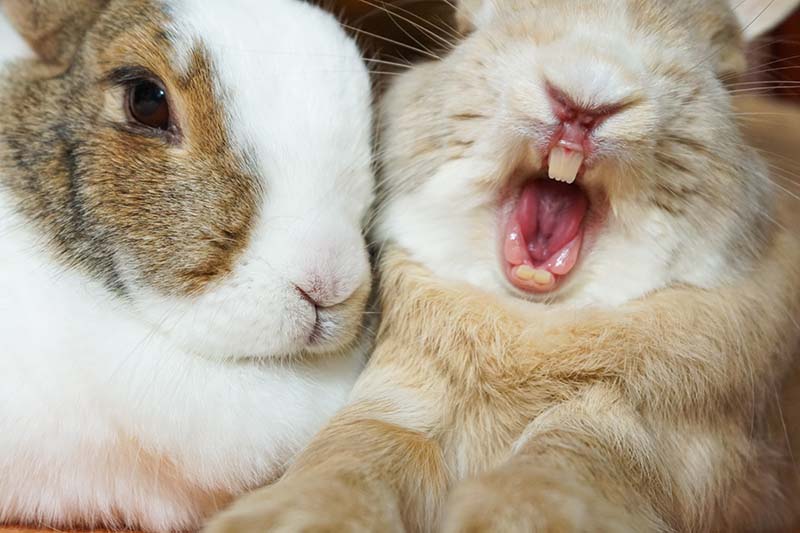
Taking Care of Your Rabbit’s Teeth Through Diet
What a rabbit eats is vital for their overall health, not only for the necessary nutritional requirements but also for their teeth. There are several dental problems that can plague rabbits, including teeth elongation and malocclusion, which is when the teeth are improperly aligned.
- Unable to chew food
- Weight loss and anorexia
- Teeth grinding
- Excessive drooling
- Preference to use water bowl over the sipper water bottle
- Nasal discharge
- Signs of pain
- Teary eyes
The primary cause of these conditions is a lack of the tough, fibrous food that rabbits need to eat. Rabbits are herbivores with a diet that should primarily consist of hay, with Timothy, brome, or orchard being the best choices. There should also be a small amount of vegetables and an even smaller amount of pellets.
Without enough hay, you’re guaranteed a rabbit with dental problems. If you’re unsure of how much or what kind of hay to give your rabbit and any other aspects of their diet, speak to your vet.
Conclusion
Isn’t it amazing that rabbits’ teeth are perfectly made for their exact needs? Now you know the importance of providing rabbits with the right kind of fibrous food, particularly hay. So, while Bugs Bunny only seems to eat carrots, that is not the case for our pet rabbits—hay, all the way!
Featured Image Credit: Roselynne, Shutterstock
